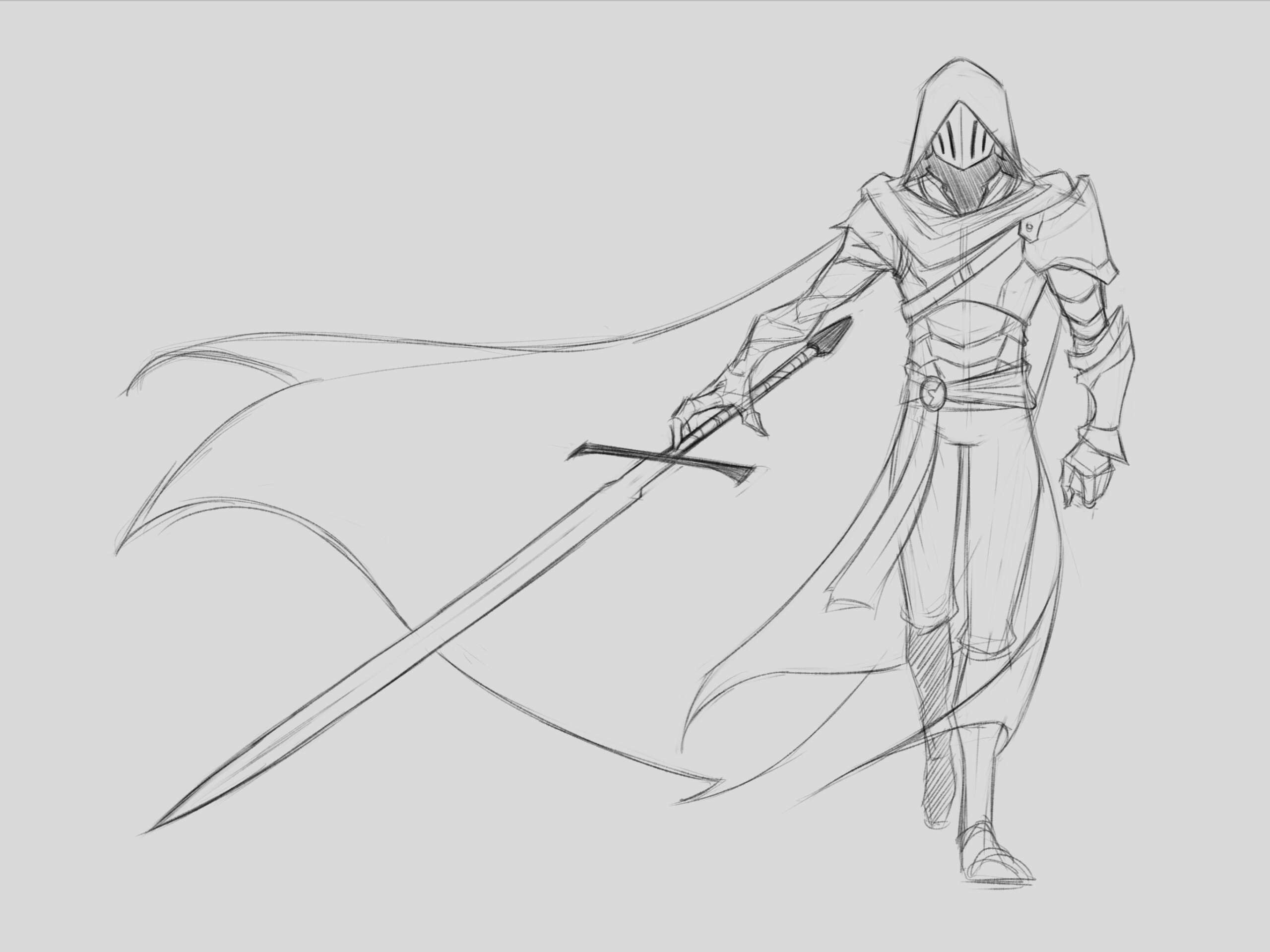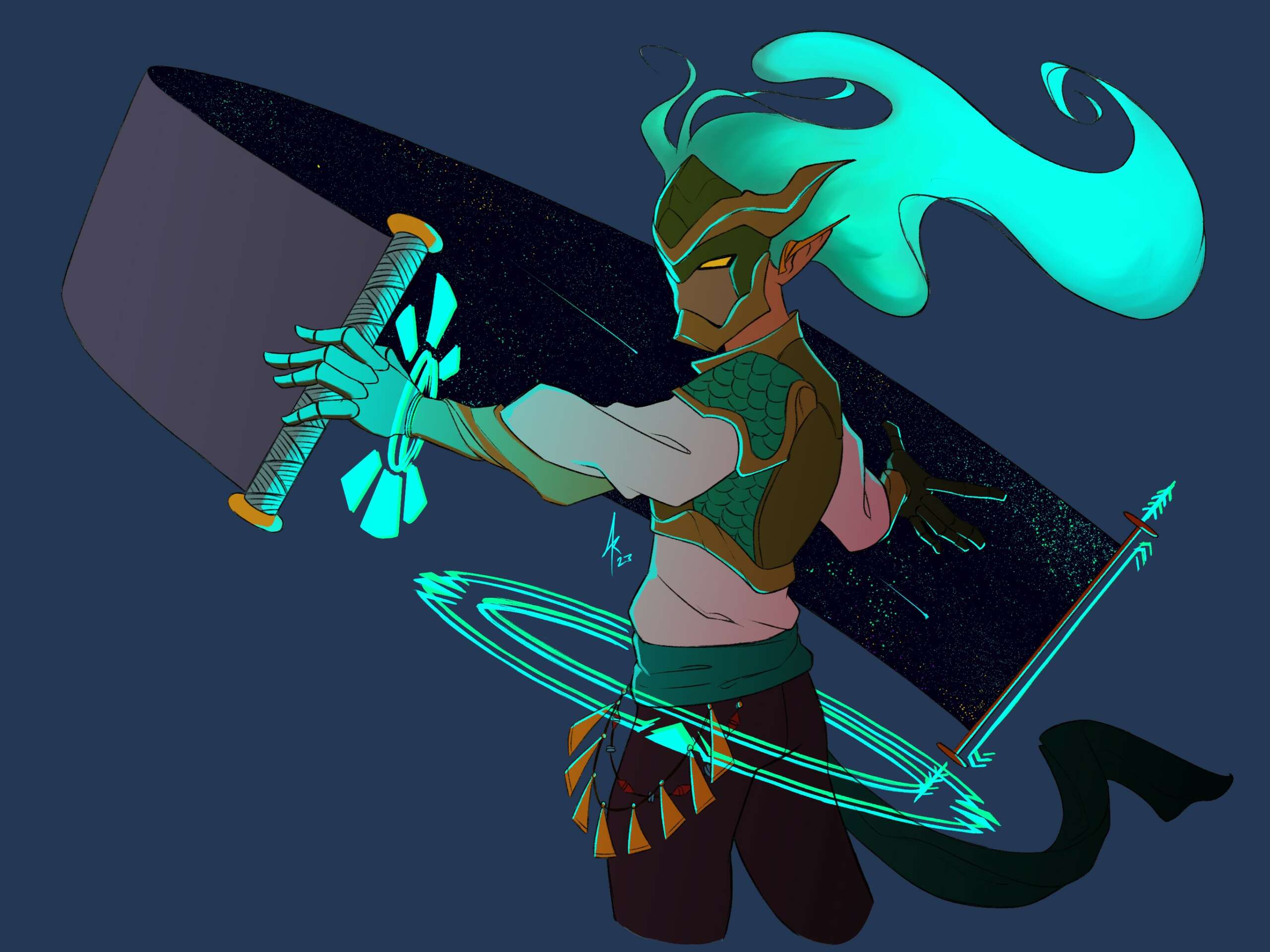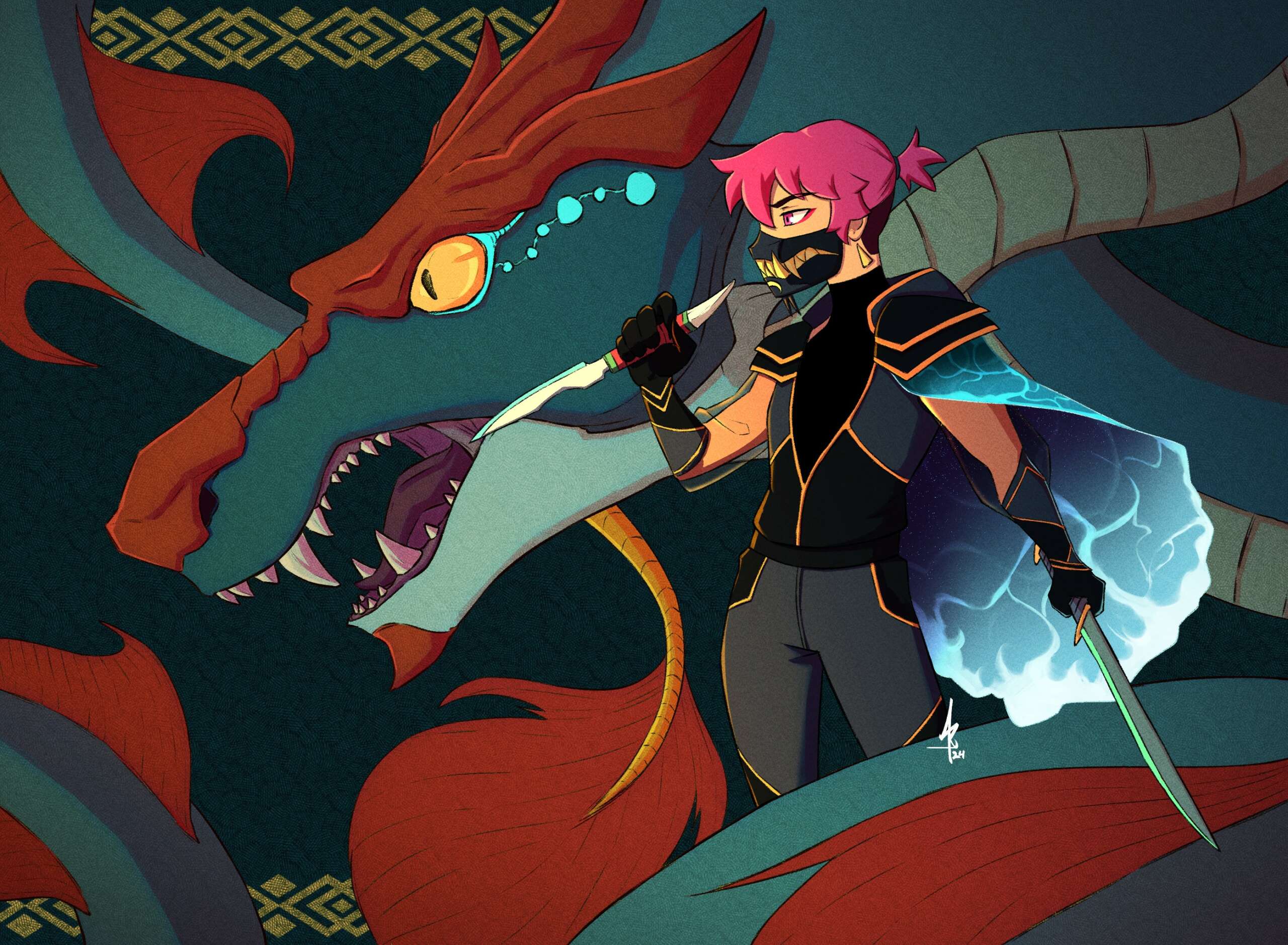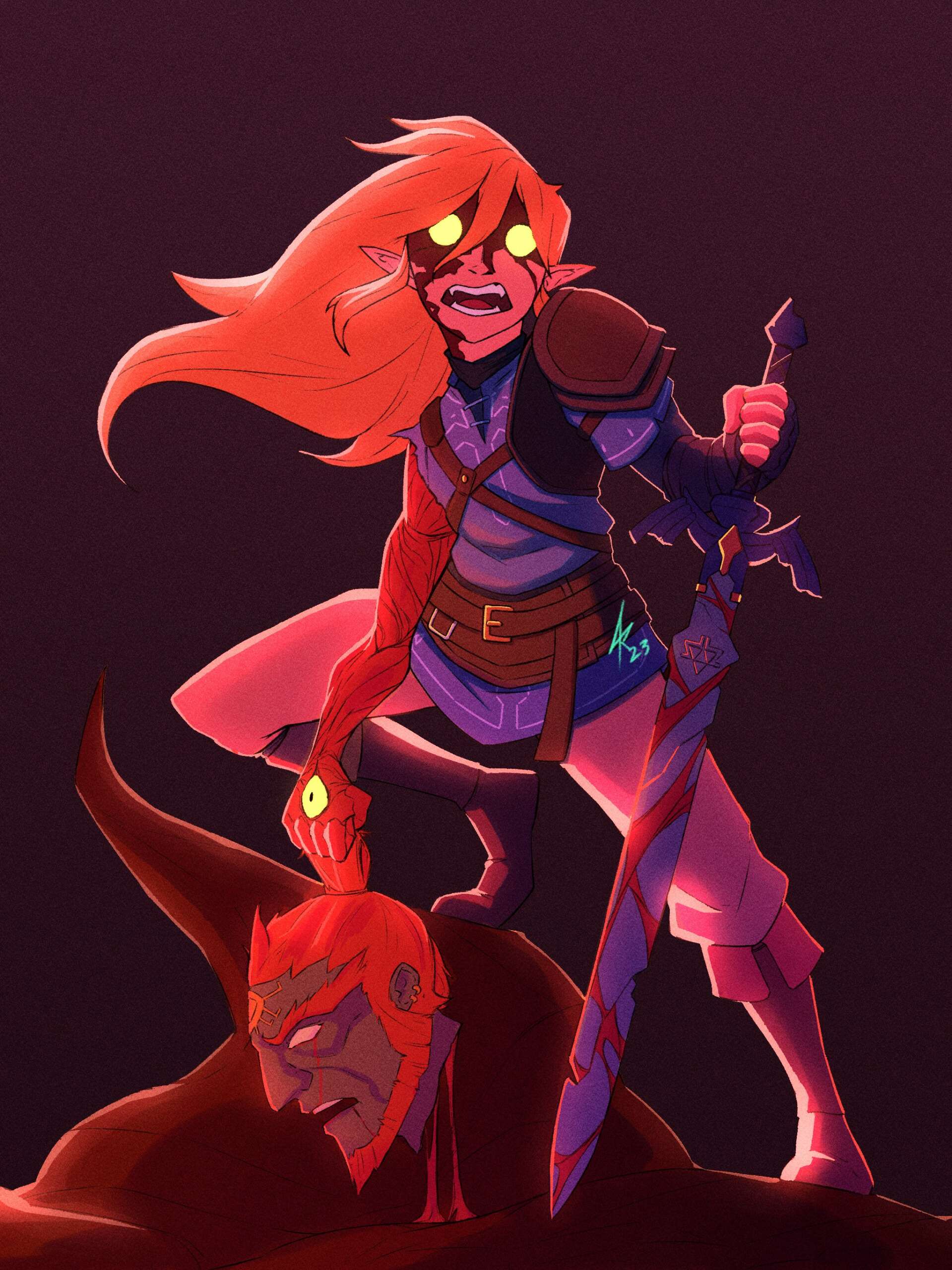We recently connected with Raven Campilan and have shared our conversation below.
Raven, thanks for joining us, excited to have you contributing your stories and insights. We’d love to hear about when you first realized that you wanted to pursue a creative path professionally.
The night before I started my Sophomore year of high school, I binged watched the first two seasons of The Legend of Korra instead of sleeping. By the time I was done, it was already 6AM and I had to get up to prepare for the first day of class. But I distinctly remember being mesmerized by the animation and action, even more so the character designs, the worldbuilding and the background art.
Yes I had been drawing my whole life up until that point – and like every art person I know, I was the designated “art kid” in our class. But The Legend of Korra was the first time my interest in the process of animation and doing art for a job really came about.


Raven, before we move on to more of these sorts of questions, can you take some time to bring our readers up to speed on you and what you do?
I started off as an illustrator, studying for a BFA in SCAD with dreams of being a concept artist and character designer for animated shows and movies. Overtime however, I went back into schooling to pursue animation – specifically in the fields of storyboarding and 3D rigging, two disciplines that are high sought after in the animation industry. Overtime I became a jack-of-all-trades artist with experience in illustration, animation, storyboarding and 3D rigging; all skills that I have been able to use for collaborative projects.
What I like to think sets me apart is my obsession with telling a story. In my free time, I like to write and read and to be honest, I feel like I write and read more than I draw. I love worldbuilding and will often spend time writing countless documents detailing fantasy worlds and how they work, or stories for friends’ characters. And so when I join in for a collaborative project like a film, I like to engross myself in the story that’s being told. I like to imagine how we can visualize themes and ideas in a creative way, be it abstract or representative. But overall, it’s the working with a team that really sparks my creative energy – I love bouncing ideas and coming up with solutions to creative problems.


Looking back, are there any resources you wish you knew about earlier in your creative journey?
I think my one regret was not being proactive in seeking out connections and resources early on in my creative journey. There are so many artists who have put out tutorials, or a list of learning resources that would’ve helped me improve my skill much faster.
Connections matter a lot too! Nowadays, I try to curb my shyness and introduce myself to artists and people that I find interesting. One thing I feel people often overlook is that the artists behind your favorite shows or media do not often get fan letters or fan mail, and so more often than not they are more than happy to connect and talk to you. I used to be very shy and closed off and it was to my detriment as a growing artist. I feel like that’s something a lot of young artists have to grapple with as they grow but in my opinion, the most valuable resource any artist can have going into the industry is connections.


We often hear about learning lessons – but just as important is unlearning lessons. Have you ever had to unlearn a lesson?
The biggest thing I had to unlearn was clinging on to my art too much. I often found myself not listening to many of the critiques I was given and a vast majority of my work as an illustrator suffered for it. If anything, it hurt my chances of breaking into the industry as an illustrator as my work was too stiff, or too aimless in its scope.
There comes a time where it’s better to say goodbye to something you’ve written, or drawn because that’s where you find the opportunities to improve. Whenever our classes have a critique, I try my absolute hardest to never push back on or reason out any criticism of my work. Of course, not everyone works that way, but I find that if I can jot down a couple pages of notes or suggestions to my work then I can find something to improve 100% of the time. In fact, I make it a personal goal to have at least three pages worth of notes during every feedback session. It’s an exercise that helps me let go of being too egotistical with my work, so to speak.
Contact Info:
- Instagram: https://www.instagram.com/raven.campilan/?hl=en
- Linkedin: https://www.linkedin.com/in/aaron-raven-campilan-105049153?lipi=urn%3Ali%3Apage%3Ad_flagship3_profile_view_base_contact_details%3Bsp5ZuasjTGOANcYgy1yACg%3D%3D
Image Credits
Raven Campilan


